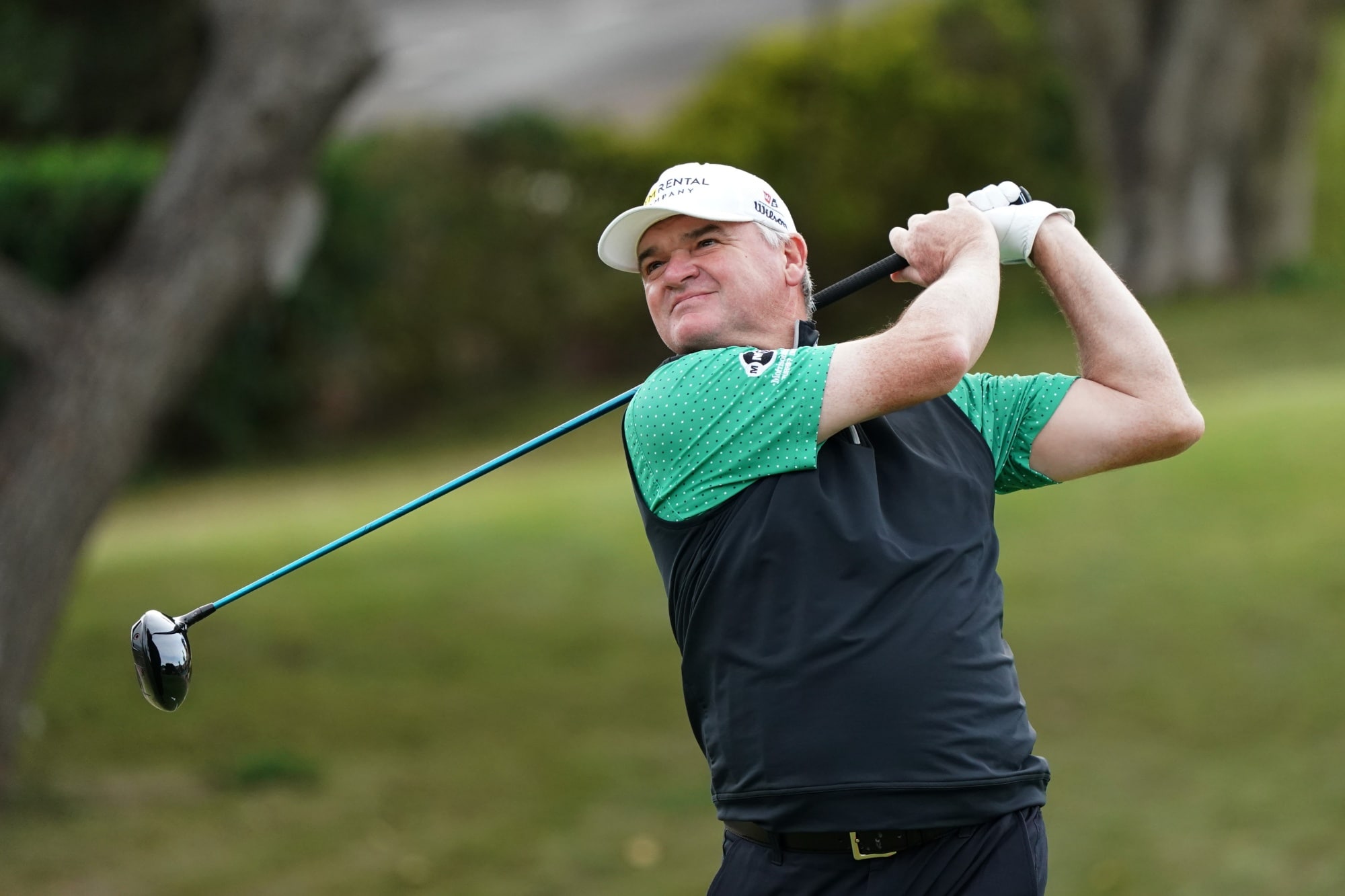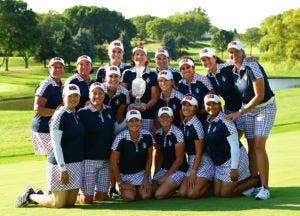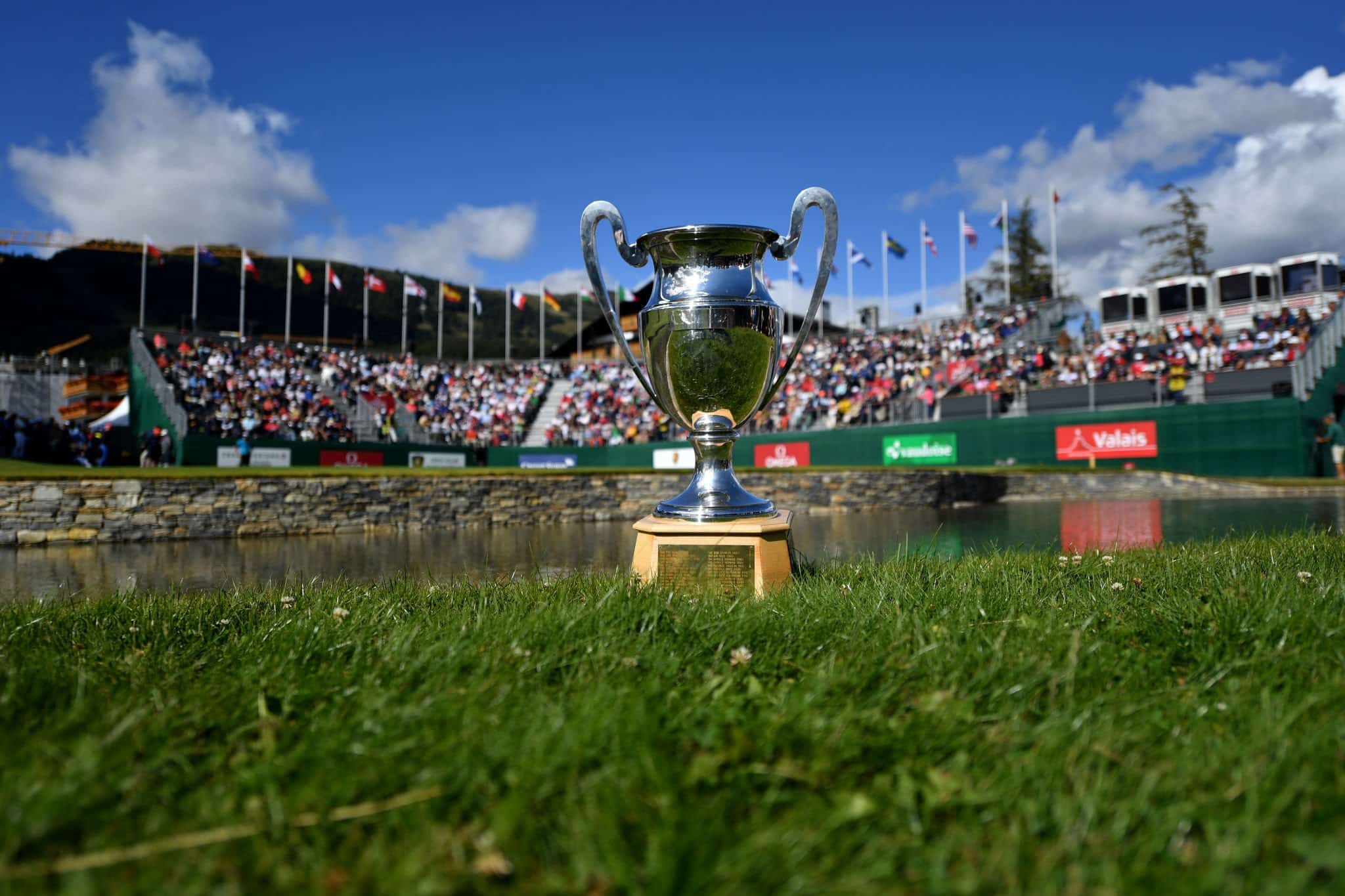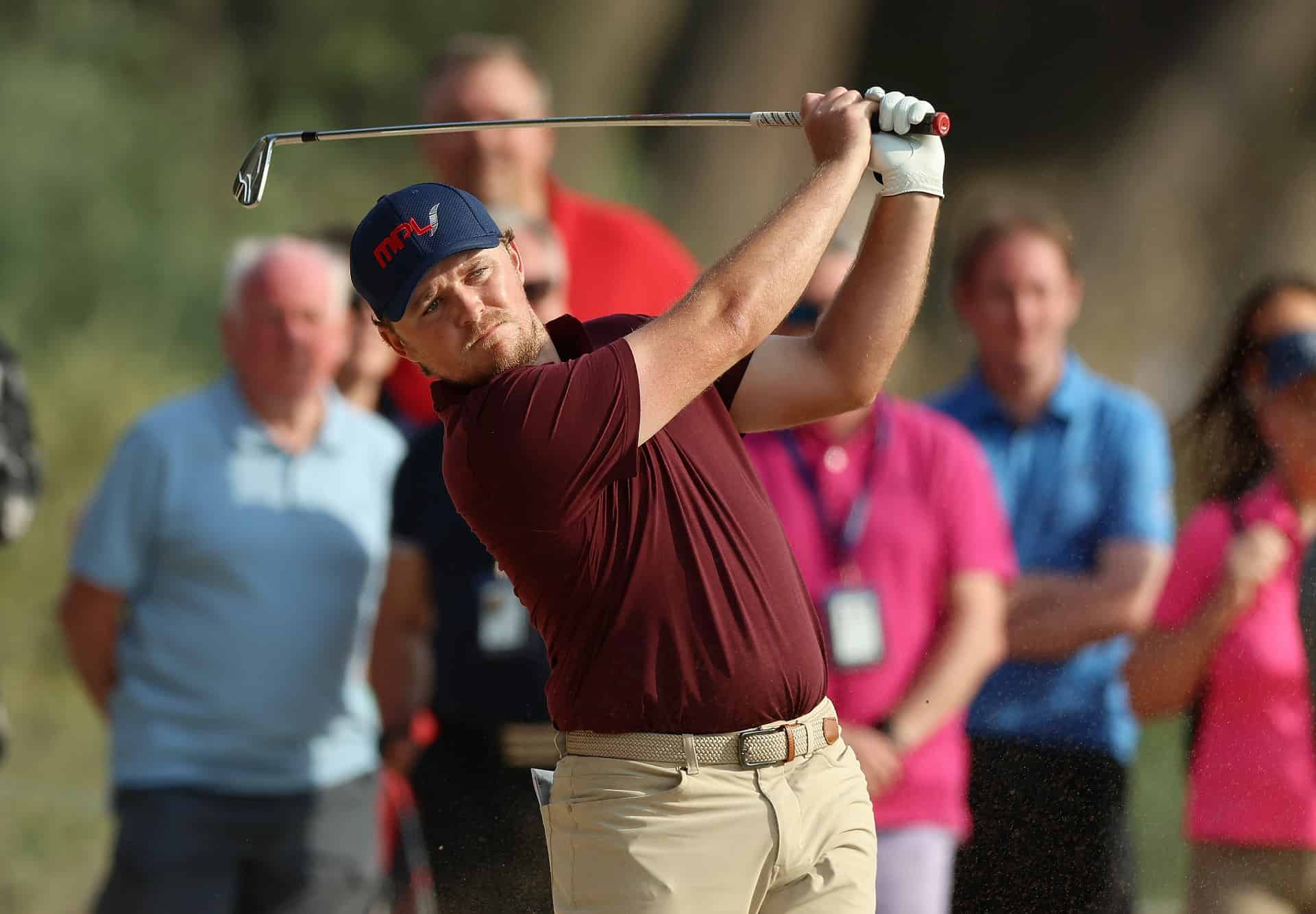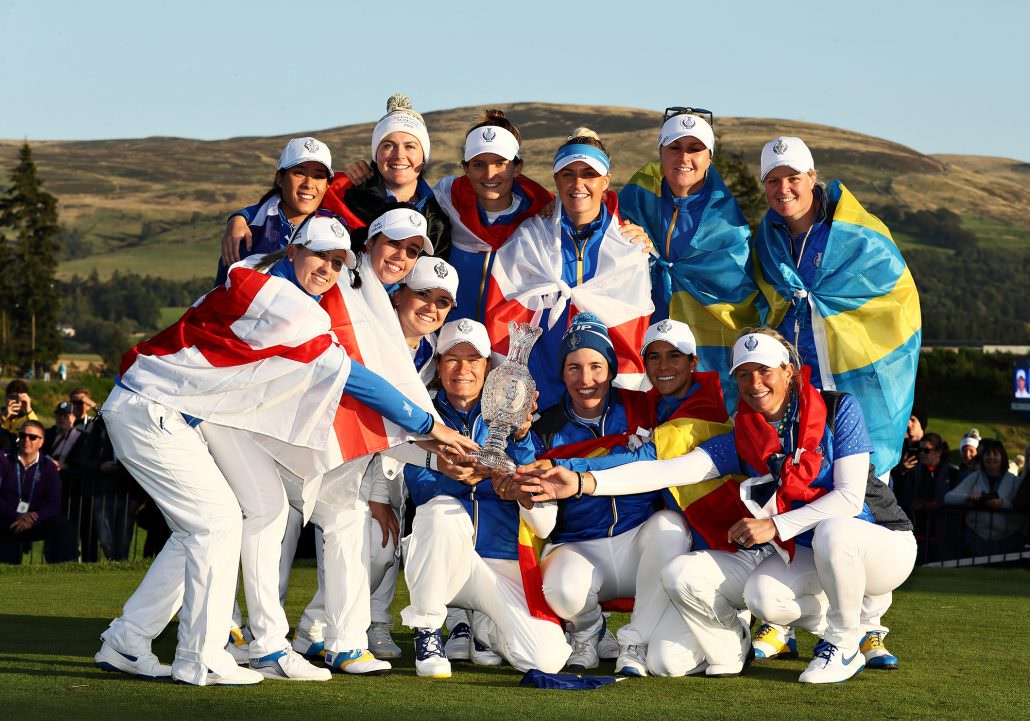
Can women’s golf push on after a stunning Solheim Cup?
This summer we have been treated to some truly sensational sports events. Few of us will ever forget the nail-biting conclusion to the Cricket World Cup or the longest and most dramatic men’s final in Wimbledon history. The same will now be said about the thrilling conclusion to the Solheim Cup in which the home European team came back from the dead to clinch its third successive win against America on Scottish soil.
I did not believe for a second that I would ever experience a climax to a golf tournament quite as dramatic as the Miracle at Medinah in 2012 but the last half hour at Gleneagles may well have topped it. To my mind at least, it now ranks right up there with Jack Nicklaus winning the Masters at the age of 46 in 1986 among the most enthralling golf moments I have ever experienced in the flesh.
The R&A and the home unions have recently been spending a great deal of time, money and effort attempting to entice women and girls into the game and they can have had no better advert to help their cause than what unfolded in the lead up to Suzann Pettersen holing the winning putt.
It should also give a huge shot in the arm to the Ladies European Tour at a time when it is struggling to find new sponsors although, ironically, it will also heap more pressure on its beleaguered tour officials, as Dame Laura Davies hinted during the celebrations at Gleneagles when she said: “I have been involved in 13 [Solheim Cups] and won four times, but this was the best in my opinion and the most unexpected.
“You can only hope this does wonders for our tour because, let’s face it, if you can’t raise the interest after this, then you never will.”
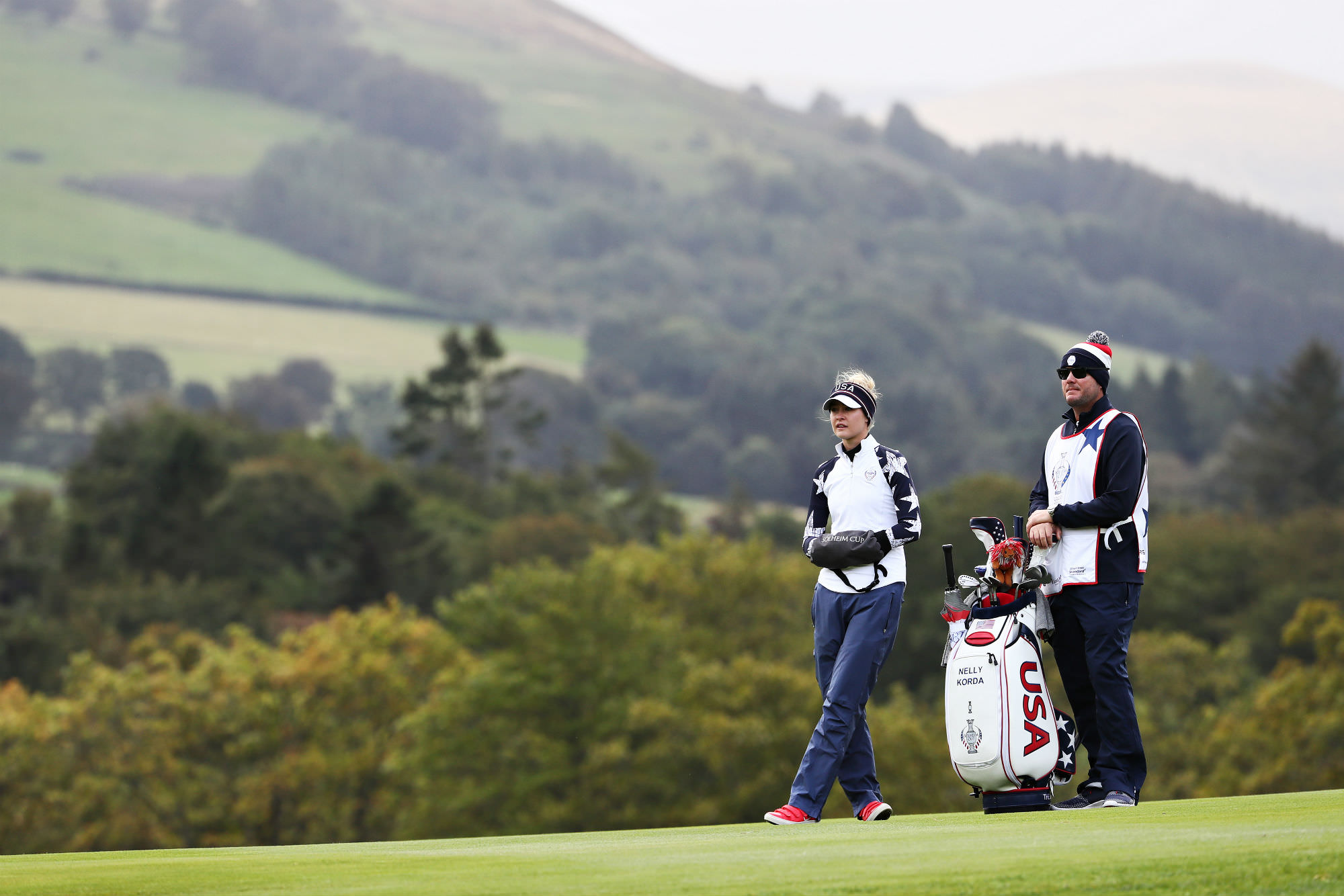
What this latest Solheim Cup showed is that women’s golf can be every bit as exciting as men’s, although the tours on both sides of the Atlantic it will have to do something about slow play if they are ever to maximise its potential audience.
For the first two days the pace of play at Gleneagles was pitiful and drew much adverse criticism.
“It was painfully slow out there,” admitted US captain Juli Inkster, albeit with a caveat. “I know we have a couple [of slow players] on our side, but they have a few on their side too. And you have to look at the golf course. It’s tough. The wind’s blowing. The greens are firm. The ball’s not going anywhere. It’s cold. And out here every shot counts. Every putt counts.”
European captain Catriona Matthew also chose to deflect the blame away from the players, criticising tournament officials for being too slow to put players on the clock.
Both these admirable ladies make valid points but, surely, if women’s golf is to become more watchable, the players themselves will have to take responsibility for the problem.
I’m sure none of them would condone one of their number deliberately flouting one of the Rules of Golf, so why should the rank and file accept blatant infringements when it comes to the regulations governing slow play?
Clearly, that is a problem the women’s tours will have to address moving forwards but, in the meantime, let us return to the climax of this year’s match, and in particular to the role that the veteran Norwegian, Pettersen, played in it.
Pettersen was a captain’s pick, and a pretty controversial one at that, having had a baby last September and only played in two tournaments in the lead up to the match. However, she lived up to all the faith Matthew placed in her and will surely go on to be a captain herself now that she has elected to retire while still at the top.
Not in the short term, though. Amid all the celebrations at Gleneagles, winning captain Matthew intimated she would be prepared to do the job again in Toledo in two years’ time. More good news on what was a very, very special day.
Alex Perry

Alex has been the editor of National Club Golfer since 2017. A Devonian who enjoys wittering on about his south west roots, Alex moved north to join NCG after more than a decade in London, the last five of which were with ESPN. Away from golf, Alex follows Torquay United and spends too much time playing his PlayStation or his guitar and not enough time practising his short game.



